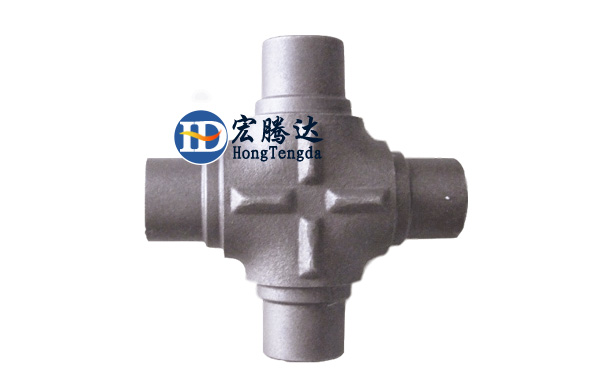Precision forging forming technology (net forming) refers to the forming technology of forging forming layer of parts, which meets the requirements of parts only with a small amount of processing or no remanufacturing. Precision forging forming technology is an important part of advanced manufacturing technology. It is also widely used in automotive, mining, energy, construction, aviation, aerospace, weapons and other industries. Precision forging technology not only saves materials and energy, reduces processing procedures and equipment, but also significantly improves productivity and product quality, reduces production costs, and thus improves the market competitiveness of products.

Precision forging forming technology (net forming) refers to the forming technology of forging forming layer of parts, which meets the requirements of parts only with a small amount of processing or no remanufacturing. Precision forging forming technology is an important part of advanced manufacturing technology. It is also widely used in automotive, mining, energy, construction, aviation, aerospace, weapons and other industries. Precision forging technology not only saves materials and energy, reduces processing procedures and equipment, but also significantly improves productivity and product quality, reduces production costs, thereby improving the market competitiveness of products.
Precision forging process
At present, many precision forging processes have been applied in production. According to the forming temperature, it can be divided into hot precision forging, cold precision forging, warm precision forging, compound precision forging and isothermal precision forging.
1.1 Hot Precision Forging Technology
Precision forging process with forging temperature above recrystallization temperature is called hot precision forging. Hot precision forging materials have low deformation resistance, good plasticity and easy to form complex workpieces. However, due to strong oxidation, the surface quality and dimensional accuracy of workpieces are low. Closed die forging is commonly used in hot precision forging.
1.2 Cold Precision Forging Technology
Cold precision forging is a precision forging process at room temperature. The cold precision forging process has the following characteristics: the shape and size of the workpiece are easy to control, and the error caused by high temperature is avoided; the workpiece has high strength and precision, and the surface quality is good. In cold forging process, the workpiece has poor plasticity and high deformation resistance, which requires a lot of dies and equipment, and it is difficult to form parts with complex structure.
1.3 Warm Precision Forging Technology
Warm precision forging is a precise forging process at a suitable temperature under recrystallization temperature. Precision warm forging technology not only breaks through the limitations of large deformation resistance, not too complicated part shape, increasing intermediate heat treatment and surface treatment steps in cold forging, but also overcomes the problem of reducing surface quality and dimensional accuracy due to strong oxidation in hot forging. It has the advantages of both cold forging and hot forging, and overcomes the shortcomings of both.
1.4 Complex Precision Forging Technology
With the increasing complexity of precision forging workpieces and the improvement of precision requirements, the simple cold, warm and hot forging process can not meet the requirements. Complex precision forging process can stitch the cold, overflow and hot forging processes together to complete the forging of a workpiece. It can give full play to the advantages of cold, warm and hot forging, and discard the disadvantages of cold, warm and hot forging.
1.5 Isothermal Precision Forging Technology
Isothermal precision forging refers to the forging of billets at a constant temperature. Isothermal die forging is often used for precision forming of refractory materials such as titanium alloy, aluminum alloy and magnesium alloy in aerospace industry, and also for precision forming of non-ferrous metals in automotive and mechanical industries in recent years. Isothermal forging is mainly used for forging metal materials with narrow temperature, especially for titanium alloys which are very sensitive to deformation temperature.
II. Application of Precision Forging
1. Production of refined blanks, precision die forgings will be refined to produce finished parts.
2. Production of precision die forging parts, the main parts of precision forging parts, cutting processing is omitted, and some parts of the parts still need a small amount of cutting processing.

